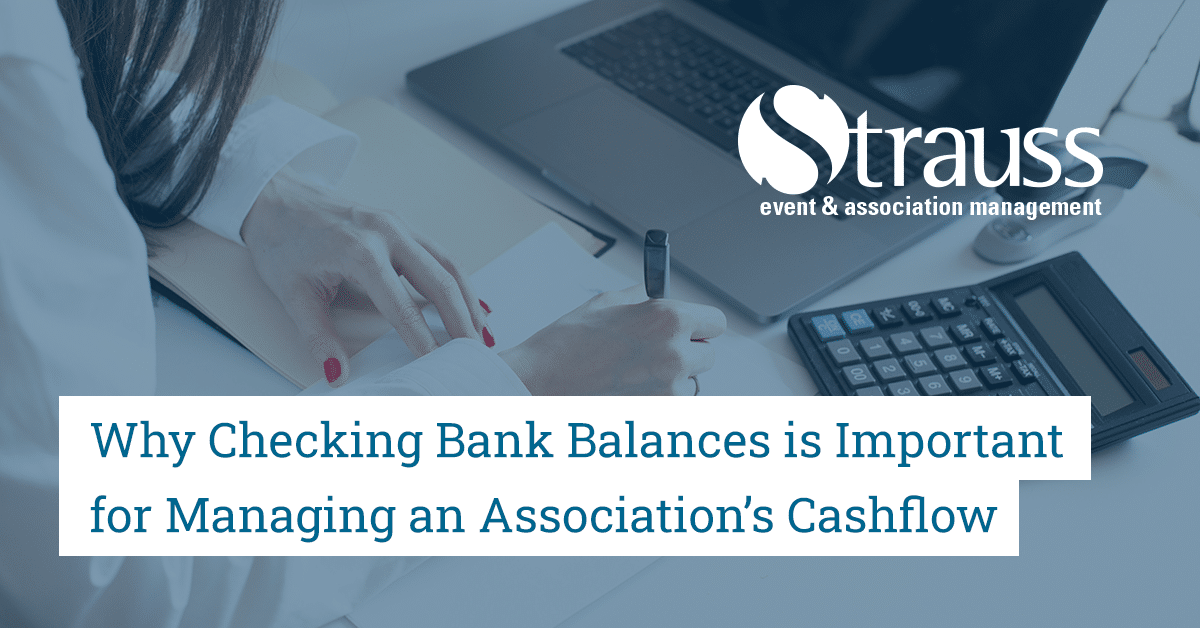Associations must carefully manage their finances to ensure they meet their mission-driven goals while maintaining financial stability. After all it can determine how much spending the association has annually for events, staff, marketing, and other key expenses for growth and membership value.
Checking bank balances is an important part of this process. Here are some steps and considerations for managing and checking bank balances:
-
The difference between cash flow and surplus
One of the most significant reasons why the bank balance doesn’t equate to a surplus is due to cash flow. Cash flow refers to the actual cash that moves in and out of the association, including payments, loans, and expenses. In comparison, surplus refers to what’s left over after the expenses are subtracted from its revenue.
So, even if you have a high bank balance, it doesn’t necessarily mean that you have a surplus. That’s because some of that money may be going towards outstanding bills or future expenses, which haven’t yet been budgeted and subtracted from the annual revenue.
-
Accounting methods
Another reason why associations might get confused about the bank balance versus surplus is due to accounting methods. Accrual accounting, for example, is a method that records income and expenses at the time they are earned and incurred. So, a perceived surplus by end of year may not yet be officially accounted for in the association’s bank account.
Top of Form
Bottom of Form
Other methods, such as cash-basis accounting, may give you a better idea of the association’s cash flow, but still won’t accurately reflect a true surplus until end of year.
-
Unpaid debts
Unpaid debts and expenses can also lead to a higher bank balance but a surplus at the end of the year. For example, if the association provides credit to customers or has unpaid bills, the money that has been earned may not yet be in the account. Therefore, the bank balance may appear higher than the revenue, giving you a potential false sense of financial security.
While unpaid debts may eventually come through the financial pipeline, they can impact the cash flow, making it more challenging to cover day-to-day expenses. This is why it’s important to be careful of the debt you bring on to the association and manage and monitor it accordingly.

